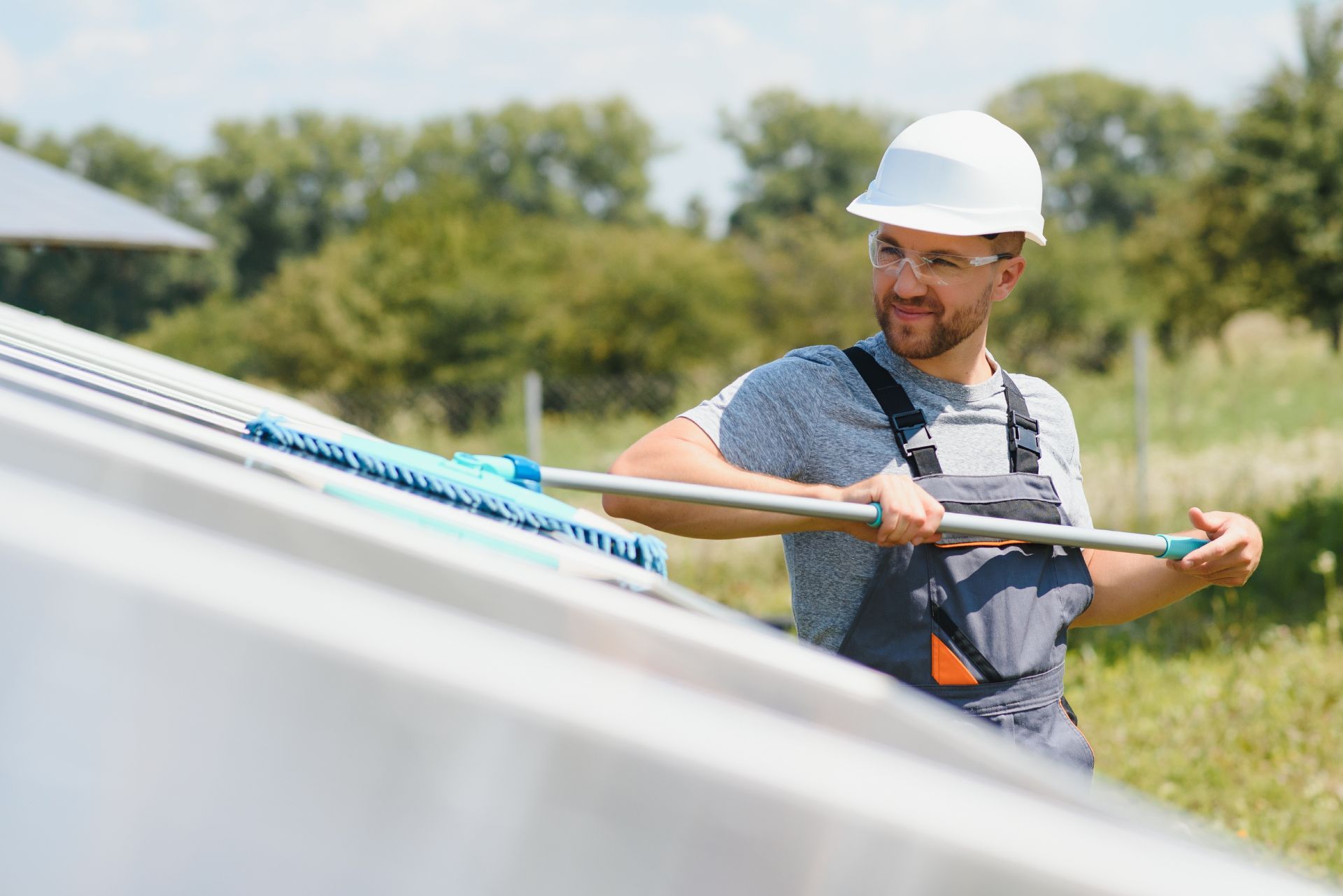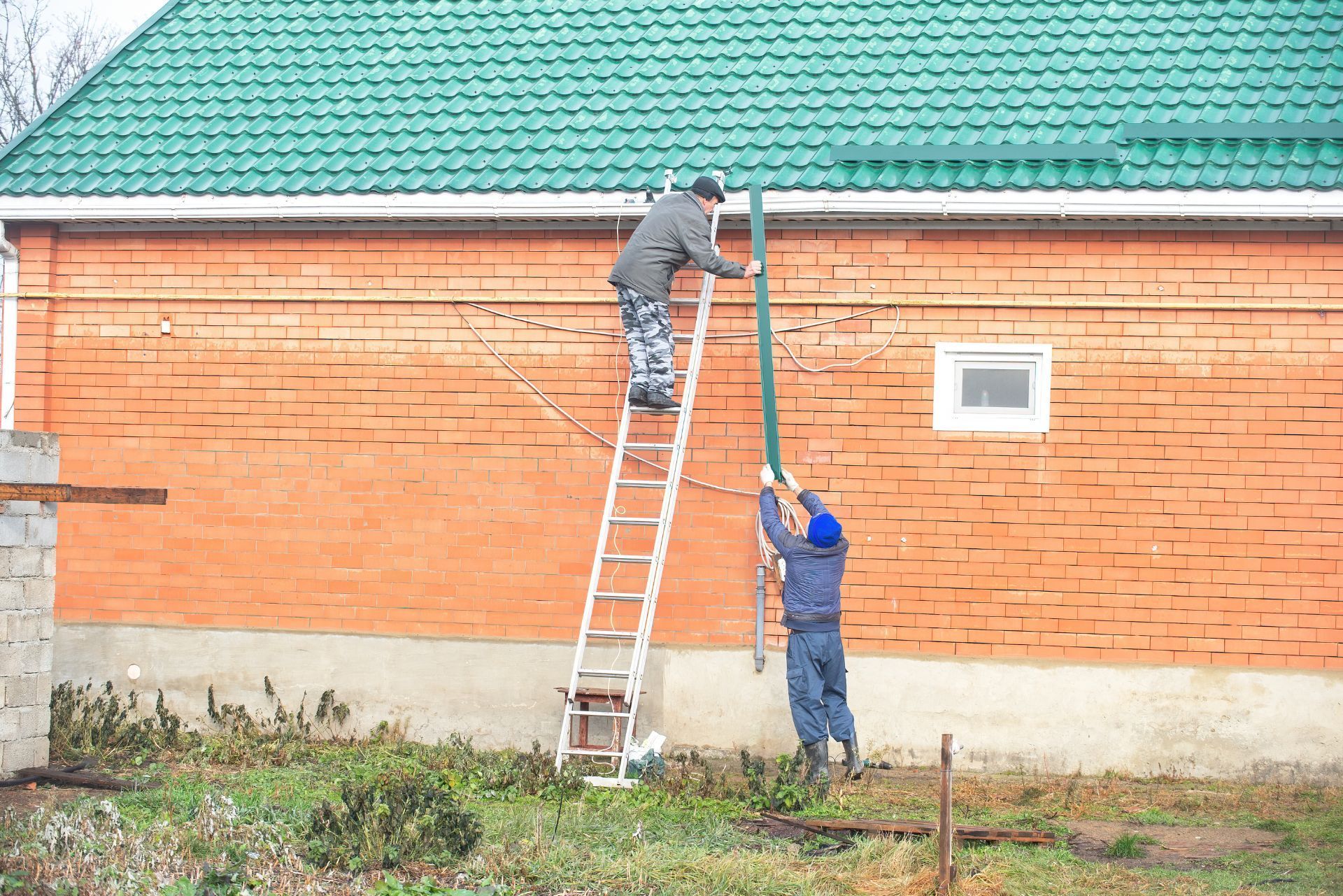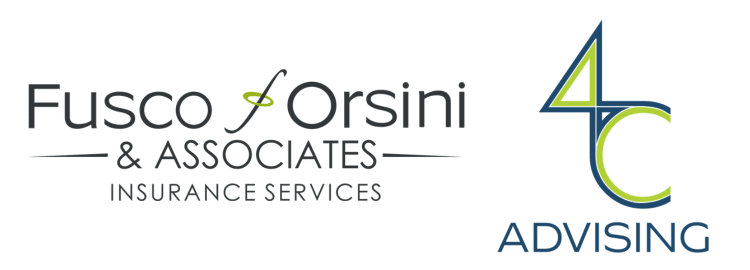California
Roofing & Gutter Cleaning Contractor Insurance

or call us: (858) 384‑1506
Top 3 Recommended Policies

Operating as a roofing or gutter cleaning contractor in California offers significant business opportunities, but it also comes with unique risks and challenges. With the roofing contractors industry in California projected to reach a market size of $5.2 billion by 2025 and encompassing over 11,600 establishments, understanding the nuances of contractor insurance is essential for protecting your business and ensuring long-term success. This comprehensive guide will explore the critical aspects of insurance for roofing and gutter cleaning contractors, including risk factors, types of coverage, and industry trends shaping the insurance landscape today. For those seeking detailed market insights, the IBISWorld report on California roofing contractors provides a valuable overview of the industry’s scale and employment.
Why Insurance is Crucial for Roofing and Gutter Cleaning Contractors
Roofing and gutter cleaning are inherently high-risk professions. Contractors work at heights, handle heavy materials, and often face unpredictable weather conditions, all of which increase the likelihood of accidents and property damage. Insurance is not just a regulatory requirement in many cases—it is a vital safety net that protects contractors from financial losses due to injuries, lawsuits, or damage claims.
Stephen Poux, Executive Vice President of Risk Management at The Liberty Company Insurance Brokers, highlights a growing concern in the industry: "The bottom line is that the frequency of claims submitted for roof damage has skyrocketed." This surge in claims underscores the importance of having robust insurance coverage to mitigate risks and navigate the complexities of claims processes.
Moreover, California’s unique climate factors—such as intense sunlight and occasional heavy rains—can accelerate roof wear and tear. While the state averages about 22 inches of rain annually, which is relatively moderate, the intense UV exposure can cause significant damage to roofing materials, making maintenance and repairs a frequent necessity. This environmental context further elevates the risk profile for contractors and their clients alike, reinforcing the need for comprehensive insurance protection. For more on California’s climate impact on roofing, EcoWatch offers detailed insights.
In addition to the physical risks associated with roofing and gutter cleaning, there are also significant financial implications that contractors must consider. A single accident can lead to costly medical bills, legal fees, and potential settlements that could cripple a small business. Without adequate insurance, contractors may find themselves personally liable for these expenses, which can lead to bankruptcy or the closure of their business. Furthermore, having insurance can enhance a contractor's reputation; clients are more likely to hire professionals who are insured, as it demonstrates a commitment to safety and responsibility.
Additionally, the insurance landscape for roofing and gutter cleaning contractors is evolving, with new policies and coverage options emerging to meet the specific needs of the industry. For example, some insurers now offer specialized coverage for equipment breakdown, which is crucial for contractors who rely on expensive machinery and tools to perform their jobs. This tailored approach to insurance not only provides peace of mind but also allows contractors to focus on their work without the constant worry of unforeseen financial burdens. As the industry continues to grow and change, staying informed about the latest insurance options will be essential for contractors aiming to protect their businesses effectively.
Key Types of Insurance Coverage for Roofing & Gutter Cleaning Contractors
Contractors in the roofing and gutter cleaning sectors should consider multiple insurance policies to cover the diverse risks they face. The most essential types include:
General Liability Insurance
This coverage protects against third-party claims for bodily injury or property damage resulting from your operations. For example, if a client’s property is damaged during a gutter cleaning job or a passerby is injured by falling debris, general liability insurance covers legal fees and settlements. Additionally, this policy can provide coverage for advertising injuries, such as claims of slander or copyright infringement, which can be particularly relevant in today’s digital marketing landscape.
Workers’ Compensation Insurance
Given the physical nature of roofing and gutter work, injuries can happen despite safety precautions. Workers’ compensation insurance covers medical expenses and lost wages for employees injured on the job, ensuring compliance with California labor laws and providing peace of mind for both employers and workers. This insurance not only protects the employees but also shields the employer from potential lawsuits related to workplace injuries, fostering a safer working environment and promoting employee morale.
Commercial Auto Insurance
Contractors often use vehicles to transport tools and materials. Commercial auto insurance safeguards against accidents involving company vehicles, which can otherwise lead to costly claims. This coverage is particularly important as it can also extend to liability for damages caused by employees driving company vehicles, ensuring that your business is protected from the financial repercussions of vehicular accidents that may occur during work-related activities.
Equipment and Tool Coverage
Specialized tools and equipment are vital assets for contractors. This coverage protects against theft, loss, or damage to your tools, helping maintain business continuity. In an industry where downtime can lead to significant financial losses, having this insurance ensures that you can quickly replace or repair essential equipment, allowing you to meet project deadlines and maintain client satisfaction without interruption.
Professional Liability Insurance
Also known as errors and omissions insurance, this protects contractors from claims related to faulty workmanship or failure to meet contractual obligations. This type of insurance is crucial for safeguarding your reputation, as it can cover legal expenses arising from disputes over the quality of work performed, ensuring that you can defend your business against claims that may arise from dissatisfied clients.
Understanding these coverage types and tailoring policies to your specific business needs is essential for managing risks effectively. It’s also advisable for contractors to regularly review their insurance policies and consult with an insurance professional to ensure they are adequately covered as their business grows and evolves. By staying informed about the latest industry trends and potential risks, contractors can make proactive decisions that enhance their protection and support their long-term success in the competitive roofing and gutter cleaning market.

Challenges in Insurance Claims and Approval Processes
While insurance is indispensable, roofing contractors often face hurdles when filing claims. Karla Ferguson, Principal and Vice President of J&K Roofing, points out that insurance companies sometimes prolong claim approvals by disputing compliance with basic state and city codes. This delay can increase the overall cost and complexity of claims, putting additional strain on contractors. Furthermore, the bureaucratic nature of insurance claims can lead to miscommunication and misunderstandings between contractors and insurers, often resulting in further delays. Contractors may find themselves caught in a web of paperwork, where each piece of documentation must be meticulously prepared and submitted, only to face additional requests for information that can stall the process even more.
The rise in roof damage claims is also tied to environmental factors. In 2022, the Insurance Information Institute reported that damage from convective storms, including hail, doubled to $60 billion nationwide. This dramatic increase has led to more frequent and costly claims, making it harder for contractors to secure timely approvals and fair settlements. As extreme weather events become more common due to climate change, roofing contractors must also navigate the evolving landscape of insurance policies that may not fully cover the extent of damages incurred. This unpredictability can leave contractors in precarious positions, where they must balance the need for immediate repairs against the uncertainty of reimbursement from insurers.
Contractors should work closely with knowledgeable insurance brokers who understand the roofing industry’s specific challenges and can advocate effectively during the claims process. These brokers can provide invaluable insights into the nuances of different policies, helping contractors select the best coverage options tailored to their needs. For a deeper dive into the insurance industry's current challenges with roof claims, the
Roofing Contractor article offers expert perspectives. Additionally, staying informed about legislative changes and industry trends can empower contractors to better navigate the complexities of the insurance landscape, ensuring they are prepared for the challenges that lie ahead.
Economic Factors Impacting Roofing Contractor Insurance in California
The roofing industry is not immune to broader economic trends. Inflation and the current economic climate have been cited by 51% of commercial roofers as a chief concern for 2024, according to the Roofing Contractor Roofing Report + Homeowner Report. Rising material costs and labor shortages can increase project expenses, which in turn affect insurance premiums and claims.
Insurance providers may adjust rates based on economic conditions, risk exposure, and the frequency of claims. Contractors must budget accordingly and consider how inflationary pressures might impact both their operational costs and insurance needs over time.
Staying informed about market trends and maintaining open communication with insurers can help contractors anticipate changes and negotiate better coverage terms.
Moreover, the impact of supply chain disruptions cannot be overlooked. The roofing sector, heavily reliant on specific materials such as asphalt shingles, metal sheets, and insulation, has experienced significant delays and price hikes due to global supply chain issues. These disruptions not only lead to increased project timelines but also create a ripple effect on insurance claims, as contractors may face penalties for delays or incomplete projects. As a result, contractors must be strategic in selecting suppliers and managing inventory to mitigate these risks, which can further influence their insurance premiums.
Additionally, the evolving regulatory landscape in California, particularly concerning environmental regulations and building codes, adds another layer of complexity. Contractors must stay abreast of any changes that could affect their liability and risk exposure. For instance, the push for more sustainable roofing solutions may require contractors to invest in new materials and training, which can also impact their insurance needs. By proactively adapting to these regulatory changes and investing in safety measures, roofing contractors can not only protect their businesses but may also find opportunities to lower their insurance costs through improved risk management practices.

Insurance and Risk Management Best Practices for Contractors
Effective risk management goes hand-in-hand with insurance. While insurance provides financial protection, proactive measures can reduce the likelihood of claims and improve safety outcomes. Some best practices include:
- Regular Training: Ensure all employees are trained in safety protocols and proper equipment use to minimize accidents.
- Routine Inspections: Conduct thorough inspections before, during, and after projects to identify and mitigate hazards.
- Documentation: Maintain detailed records of work performed, materials used, and safety measures implemented to support claims if needed.
- Compliance: Stay up-to-date with California state and local regulations governing roofing and construction work.
These strategies not only protect workers and clients but can also lead to lower insurance premiums by demonstrating a commitment to risk reduction. Furthermore, fostering a culture of safety within the organization can significantly enhance employee morale and retention. When workers feel valued and safe, they are more likely to be engaged and productive, which ultimately benefits the overall success of the project.
In addition to these practices, contractors should consider implementing a comprehensive risk assessment process. This involves identifying potential risks specific to each project and developing tailored mitigation strategies. Engaging with subcontractors and suppliers in this process can also be beneficial, as it ensures that everyone involved is aware of the risks and is committed to maintaining safety standards. By taking a proactive approach to risk management, contractors can not only safeguard their workforce but also enhance their reputation in the industry, leading to more opportunities and partnerships in the future.
Understanding the Impact of Roof Damage Claims on Insurance
Roof damage claims represent a significant portion of homeowner insurance claims. A study by HomeInspectionTrends.com found that 32% of all homeowners’ insurance claims are related to the roof, with an average claim amount of $10,500. This high claim frequency affects the roofing industry by influencing insurance underwriting and premium pricing. As the frequency of these claims rises, insurers may adjust their pricing models, leading to increased premiums for homeowners. This cycle can create financial strain, especially for those living in regions prone to severe weather events, such as hurricanes or hailstorms, where roof damage is more prevalent.
For contractors, this means that insurance companies are scrutinizing roofing-related claims more closely, often requiring detailed documentation and proof of damage. The increased claim volume also drives the need for contractors to maintain comprehensive insurance coverage and work with insurers who understand the industry’s specific risks. Additionally, contractors must stay updated on the latest roofing materials and techniques that can withstand extreme weather, as this knowledge not only helps in the repair process but also plays a crucial role in minimizing future claims. The ability to provide clients with options that enhance durability can set a contractor apart in a competitive market.
Homeowners and contractors alike benefit from transparent communication and clear expectations around insurance claims, repairs, and maintenance. To explore these industry dynamics further, the HomeInspectionTrends.com study provides valuable data and analysis. Furthermore, understanding the nuances of the claims process can empower homeowners to advocate for themselves effectively. They should familiarize themselves with their policy details, including coverage limits and exclusions, to avoid any surprises when filing a claim. Engaging with a knowledgeable contractor can also provide insights into the best practices for documenting damage and navigating the claims process efficiently, ensuring that both parties are aligned in their expectations and responsibilities.
Conclusion: Securing the Right Insurance for Long-Term Success
California’s roofing and gutter cleaning contractors operate in a dynamic and challenging environment marked by increasing claim frequencies, economic pressures, and evolving regulatory requirements. Securing the right insurance coverage is not just a legal formality but a strategic necessity that safeguards your business, employees, and clients.
By understanding the types of insurance available, staying informed about industry trends, and adopting proactive risk management practices, contractors can navigate the complexities of insurance with confidence. Partnering with experienced insurance professionals who specialize in the roofing industry can further enhance your protection and streamline the claims process.
As the market continues to grow and change, staying vigilant and adaptable will be key to thriving in California’s competitive roofing and gutter cleaning sector. For a comprehensive look at market trends and consumer expectations, the Roofing Contractor Roofing Report + Homeowner Report remains an invaluable resource for contractors aiming to stay ahead.
Contact Us
Phone
Location



